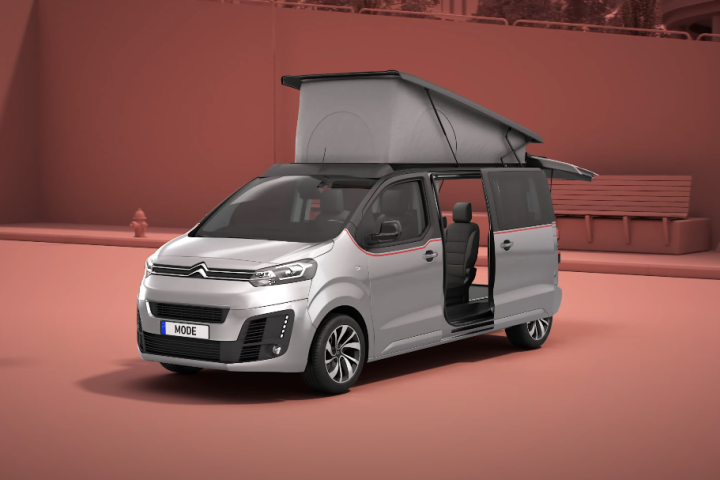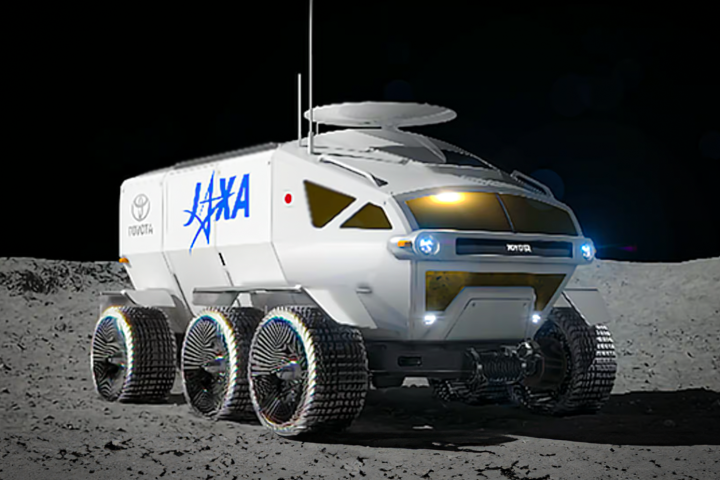Vertical take-off and landing drones, or VTOLs, have some big advantages over other types. There's also a trade-off, though, which the Latvian-made Fixar is designed to address.
VTOLs take off and land like helicopters, but then transition to faster, more efficient fixed-wing flight while cruising. This means that they don't require runways or launch catapults like fixed-wing drones, but they also use less power than quadcopters in forward flight – plus they reach their destinations quicker.
Usually, they have four (or more) horizontally oriented propeller/motor units for moving vertically, along with a vertically oriented rear prop/motor that pushes the aircraft forward while cruising. Once the drone does enter fixed-wing mode, though, the four vertical props are shut off, becoming dead weight and creating aerodynamic drag.
One alternative is to use propellers that electrically tilt from horizontal to vertical orientations, although this adds mechanical complexity, weight and power usage. Instead, the Fixar's four props/motors are mounted on a frame that swings forwards and backwards relative to the rest of the drone.

When taking off and landing, that frame sits horizontally in line with the aircraft's body, allowing it to function as a quadcopter. Once it's time to go fixed-wing, though, torque is decreased on the front props, and increased on the rear ones. This causes the frame to passively tilt forward, so that it and the attached propellers now sit vertical to the rest of the drone.
As a result, only four (as opposed to five) propellers are needed, none of them sit idle at any time, and no servos are needed to tilt them. And because the Fixar's wings provide lift while cruising, the motors don't need to work nearly as hard as those on a quadcopter while in forward flight.
We have actually seen a similar system before, in Coriolis g's Vogi drone, although it utilizes a more complex linkage setup.

A Fixar representative tells us that their company's drone has a maximum flight time of up to one hour, a top speed of 72 km/h (45 mph), a payload capacity of 2 kg (4.4 lb), and is capable of fully autonomous flight. Pricing starts at US$20,000.
And as an interesting side note, the drone was recently approved by Transport Canada for advanced operations in that country, in controlled and uncontrolled airspace and near people. It can be seen in flight, in the video below.
Source: Fixar









